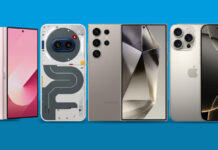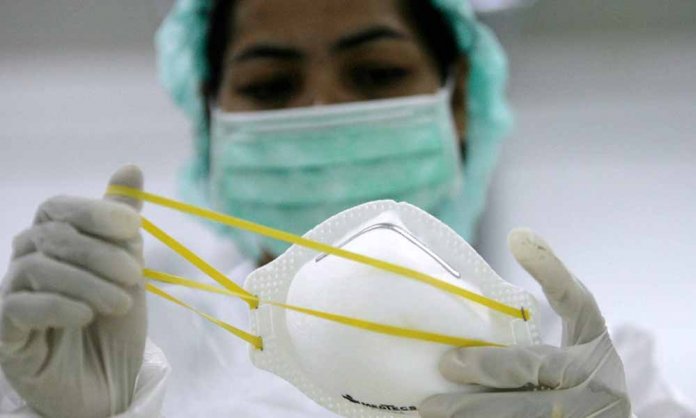Harvard & MIT Researchers Are working on masks that can detect COVID-19. Reportedly, in the year 2014, at MIT, Jim Collin’s bioengineering laboratory began working on sensors that could identify the Ebola virus.
The research was published back in the year 2016 by scientists from MIT and Harvard. Later, the small group of the same scientists tailored the technology for the growing threat of the Zika virus.
As reported by Business Insider, they are now working rigorously on adjusting the same tool to identify coronavirus cases.
How does it work?
A fluorescent signal will show up when a person with the coronavirus breathes, coughs, or sneezes. If this mask turns out to be a successful device, then flaws associated with other screening methods can be addressed, such as temperature checks, etc.
The question is, what purpose will it possibly serve?
“As we open up our transit system, you could envision it being used in airports as we go through security, as we wait to get on a plane,” Collins told Business Insider.
“You or I could use it on the way to and from work. Hospitals could use it for patients as they come in or wait in the waiting room as a pre-screen of who’s infected.”
This mask, if successful, can test patients without sending back their labs and taking the time. It will help countries across the world to control the outbreak promptly.
The project is in its early stages, but the results have been promising says, Collin. For the past few weeks, his team has been testing the sensors’ ability by using a small amount of saliva to detect the coronavirus.
There has been a considerable amount of debate related to the design of this device. The lab is debating whether to embed sensors on the inside of a mask or not. Another option is to develop a module that can be attached to any other mask.
Collin’s small teams’ aspirational goal right now is to begin manufacturing masks for public distribution, hopefully, by the end of this summer.
“Right now, we’re time-constrained and talent-constrained in that we’ve got a relatively small team,” he added. “We’re limited in how many we can have in the lab working, and they’re all working as hard as they can.”
Have something to add? Let us know in the comment section below.
For more news and updates, stay tuned to Brandsynario.











































